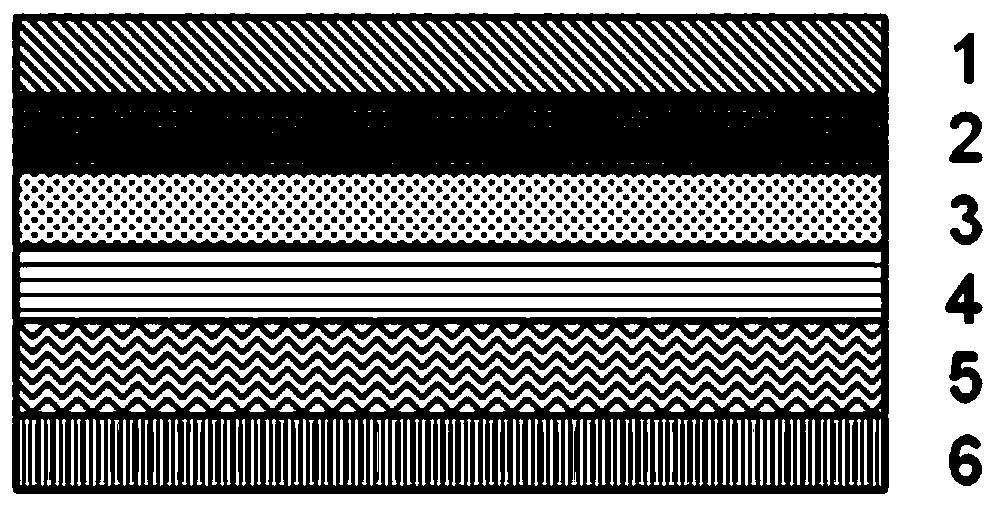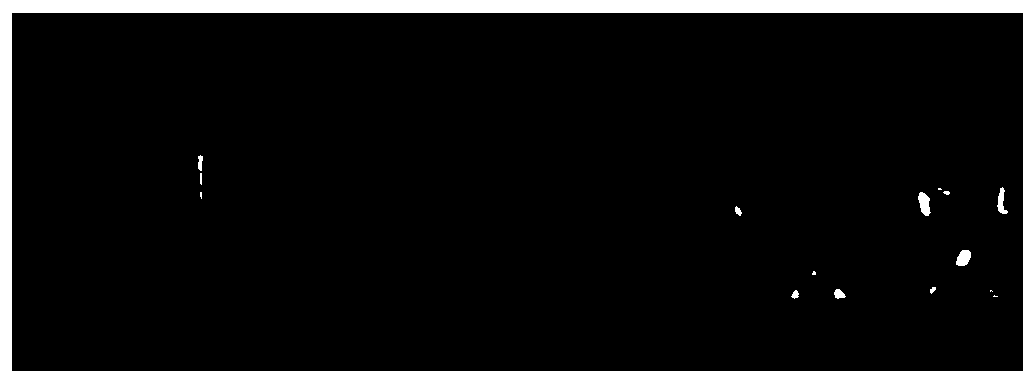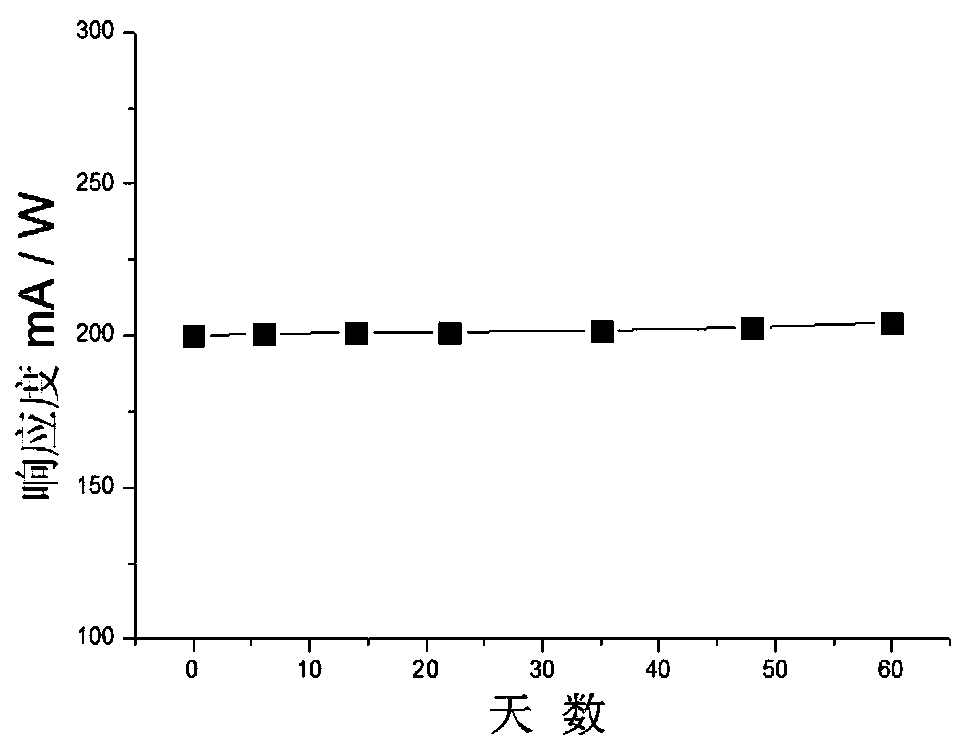High-responsivity photodetectors based on moisture-resistant organic-inorganic hybrid perovskite materials
A technology of perovskite materials and photodetectors, which can be used in the manufacture of semiconductor devices, electrical solid state devices, semiconductor/solid state devices, etc., can solve problems such as high photoresponsivity, reduction of photodetector photocurrent, and insulation characteristic charge transmission barriers. , to achieve high responsivity and improve the effect of carrier transport ability
- Summary
- Abstract
- Description
- Claims
- Application Information
AI Technical Summary
Problems solved by technology
Method used
Image
Examples
Embodiment 1
[0018] The glass substrate was ultrasonically washed with detergent, isopropanol, ethanol, and acetone for 5 minutes, then rinsed with deionized water and dried. A layer of metal aluminum with a thickness of 10nm was spin-coated on the glass substrate. After UV-ozone treatment, a PEDOT:PSS electron barrier layer with a thickness of about 40nm was prepared by the spin coating method, and baked at 120°C for 15 minutes and then taken out . Mix and dissolve methyl iodide, n-butylamine hydroiodide, lead iodide, and ammonium thiocyanate in N,N-dimethylformamide, lead iodide and N,N-dimethylformamide The mixing ratio is 50 mg: 1 ml, methyl amine iodide: n-butylamine hydroiodide: lead iodide: ammonium thiocyanate (molar ratio) is 2:2:3:0.005, stirred overnight to obtain the precursor Body solution; using the solution spin coating method, take the precursor solution and spin-coat on the PEDOT:PSS layer to form a film at a rotation speed of 2000 revolutions per minute, a rotation time o...
Embodiment 2
[0020] The quartz substrate was ultrasonically washed with detergent, isopropanol, ethanol, and acetone for 5 minutes, then rinsed with deionized water and dried. A layer of 20nm thick metallic silver was vacuum-evaporated on the quartz substrate. After UV-ozone treatment, a PEDOT:PSS electron barrier layer with a thickness of about 40nm was prepared by a spin coating method, and it was baked at 120°C for 15 minutes and then taken out. Mix and dissolve methyl iodide, n-butylamine hydroiodide, lead iodide, and ammonium thiocyanate in N,N-dimethylformamide, lead iodide and N,N-dimethylformamide The ratio of the mixture is 800 mg: 1 ml, methyl amine iodide: n-butylamine hydroiodide: lead iodide: ammonium thiocyanate (molar ratio) is 2:2:3:1.5, stirred overnight to obtain the precursor Body solution; using the solution spin coating method, take the precursor solution and spin-coated on the PEDOT:PSS layer to form a film at a rotation speed of 8000 rpm, a rotation time of 60 seconds...
Embodiment 3
[0022] The quartz substrate was ultrasonically washed with detergent, isopropanol, ethanol, and acetone for 5 minutes, then rinsed with deionized water and dried. A layer of 25nm thick metal gold was vacuum-evaporated on the quartz substrate, and after UV-ozone treatment, a CuOx electron blocking layer with a thickness of about 40nm was prepared by a spin coating method, and it was baked at 150°C for 15 minutes and then taken out. Mix and dissolve methyl iodide, n-butylamine hydroiodide, lead iodide, and ammonium thiocyanate in N,N-dimethylformamide, lead iodide and N,N-dimethylformamide The ratio is 500 mg: 1 ml, methyl amine iodide: n-butylamine hydroiodide: lead iodide: ammonium thiocyanate (molar ratio) is 2:2:3:1, stirred overnight to obtain the precursor Body solution; using the solution spin coating method, take the precursor solution to spin coating on the CuOx layer to form a film at a rotation speed of 5000 rpm, a rotation time of 30 seconds, and an annealing at 100°C...
PUM
 Login to View More
Login to View More Abstract
Description
Claims
Application Information
 Login to View More
Login to View More - Generate Ideas
- Intellectual Property
- Life Sciences
- Materials
- Tech Scout
- Unparalleled Data Quality
- Higher Quality Content
- 60% Fewer Hallucinations
Browse by: Latest US Patents, China's latest patents, Technical Efficacy Thesaurus, Application Domain, Technology Topic, Popular Technical Reports.
© 2025 PatSnap. All rights reserved.Legal|Privacy policy|Modern Slavery Act Transparency Statement|Sitemap|About US| Contact US: help@patsnap.com



